The mirrorless revolution: four pros on why they switched
Since the advent of digital photography, the DSLR has reigned supreme with pros. With the ruggedness and ergonomics to get the job done, DSLRs have become the workhorses of an industry. But over the last few years, several camera manufacturers have been looking to change all that. We look at the rise of mirrorless cameras.
The launch of Sony’s A9 mirrorless camera last year was arguably one of the most celebrated camera releases in recent times. Finally it seemed there was a mirrorless camera that could fully cater to professional photographers. With dual card slots, an incredibly complex autofocus system and a plethora of other innovative digital features, the (albeit quite expensive) camera seemed to attack several areas of complaint from professionals while also improving on several aspects of digital SLRs.
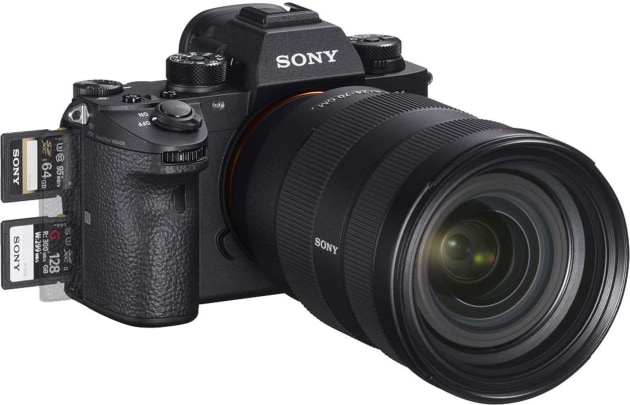
But pre-A9, there have already been a number of pros that have embraced the mirrorless movement and as it became evident that Sony, Fuji and a few other camera brands were targeting serious photographers, slowly but surely professionals from a spectrum of genres have begun ditching their DSLRs.
We took some time to have a chat with four professional mirrorless flag-bearers to gain an insight as to how their workflows have changed and what really drove them to make the plunge in the first place.
20 countries, 20,000 miles, Zero Mirrors
The most obvious benefit of mirrorless is the fact that no mirrors equals smaller cameras and smaller cameras equals lighter cameras. This benefit is greatest for travel photographers and therefore none more so than Elia Locardi, who as a professional travel documentarian has averaged around 20 countries and 20,000 miles per year for the last few years of his career.
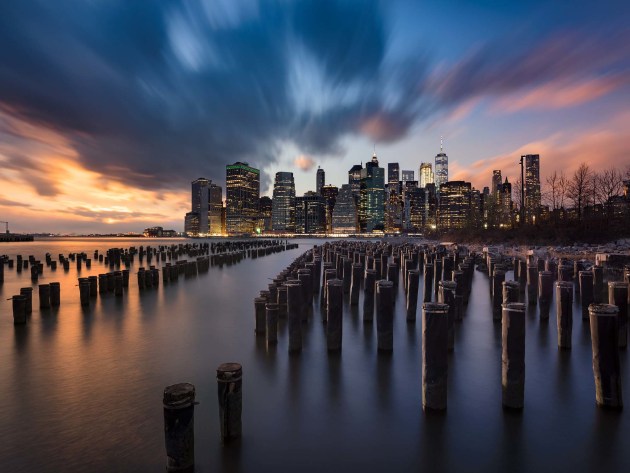
For him, shedding mirrors from his camera bag has allowed not only substantially less headaches when weighing his carry-on luggage but also the portability to get him to some of the farthest reaches of the globe and the image quality to create an astounding body of work from his voyages.
But as Locardi explains, the ability of mirrorless to fit this niche is relatively new as the early iterations of cameras from brands like Sony and Fuji weren’t quite as good as the highly refined, modern sensors and EVF (Electronic View Finders) of today. And for some time, the champions of mirrorless were facing the industry idea that you simply can’t be a professional and not shoot full frame.
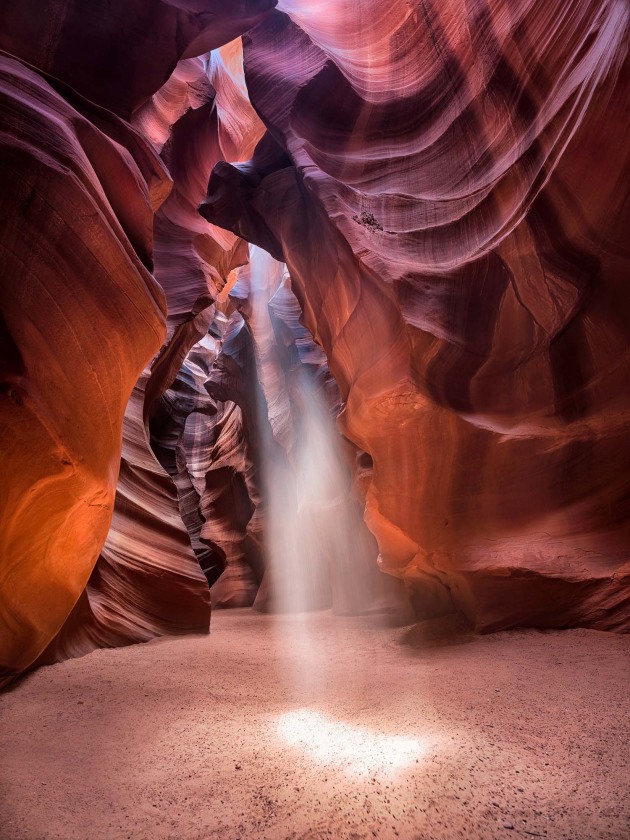
“I remember when Fuji came out with the X-Pro 1 and the X100, some people on the internet were saying ‘Wow - this could be the future. We can finally have a lighter camera’”, recalls Locardi. “I remember thinking that I might try something like that in the future but at the time, the camera companies like Nikon and Canon were really pushing full-frame cameras.
Canon even had an advertising campaign that said something like ‘life is better at full-frame’.” But as Locardi further explains, at least for him this assertion was challenged whole-heartedly with the release of the Fuji’s XE1. “When the XE1 came out, I remember testing it and thinking that there’s no way that this little camera could be as good,” he reminisces. “But taking the files into post-processing, I was like ‘What! How are these so razor sharp!?’.”
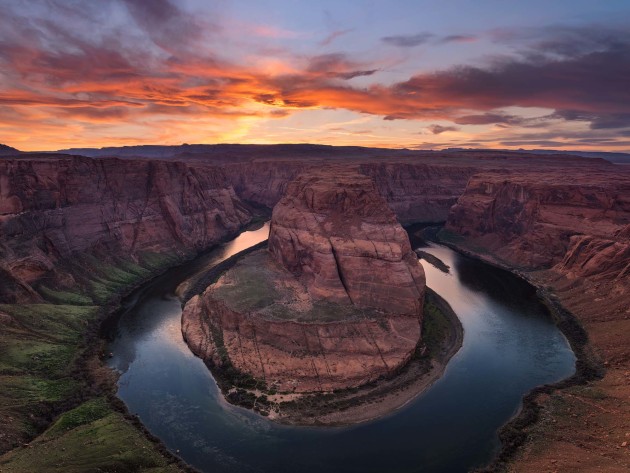
Having enjoyed this initial Fuji experience, Locardi has since converted his entire quiver of cameras to the Fuji brand and now stands as one of the more vocal ambassadors for both Fuji and mirrorless in general. And as he explains, his obsession with the company stems from their initial trajectory as a proponent of the APS-C format which directly interrogated Canon and Nikon’s full-frame first mantra.
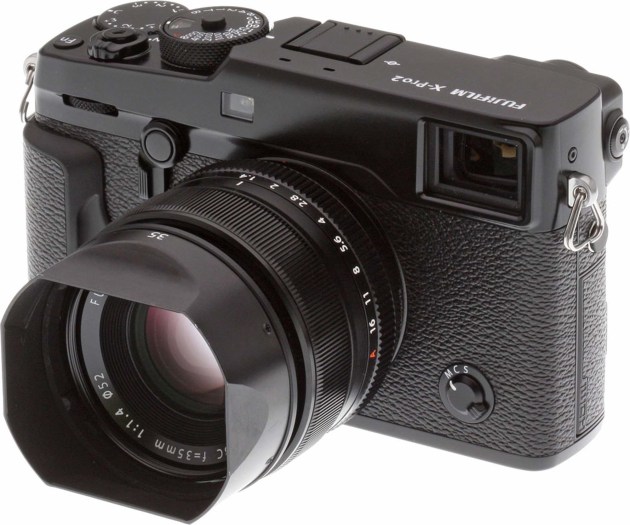
As it was near the start of the movement, Fuji opted for an embrace of APS-C because they wanted to create a compact mirrorless camera. It proved to be a smart move as their rivals Sony opted for an alternative route: to capture the full-frame market.
But as Locardi argues, Sony’s focus on full frame seemed to undermine the point of moving toward mirrorless, as at the end of the day, it doesn’t really make their cameras any more portable - especially once you start putting Canon and Nikon glass on them using adapters. “It really is the same size and weight as the DSLR,” he posits. “But with Fuji cameras, they are really compact cameras that cut down your weight and size load significantly.”
The Changing Landscape
In a very similar fashion, Australian landscape photographer Luke Tscharke was converted from DSLR to mirrorless after a Locardi-esque side-by-side shooting trial. “I had this mate who was shooting on the A7R, I was shooting on the 5D III and we were shooting exactly the same scene,” says Tscharke.
“When we were editing the shots, he zoomed into the file and I couldn’t believe how much sharper it was even though we were using the exact same lens.” But as the Hobart-based regular contributor to both Australian Photography and Australian Geographic explains, as a landscape specialist, smaller and lighter bodies have afforded some advantages while they have curtailed others. And for someone who basically makes his living from trudging around in some of Australia’s most remote wildernesses, a number of other design and ergonomic factors have also formed a rather steep learning curve. Tscharke has opted firmly for Sony cameras, shooting on an A7R, an A7R II and an A7S, the former of which has been converted to capture infra-red light.
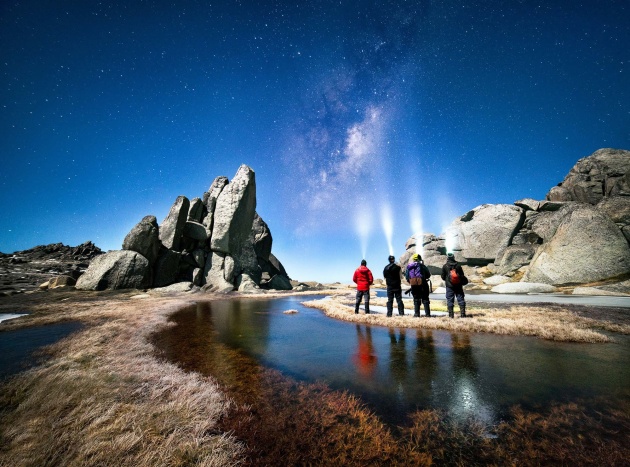
But as he explains, a lack of professional bells and whistles has meant that he’s still not 100% on board with team mirrorless. “I have been working with Sony cameras for a little while now and I love what Sony is doing but, I certainly think that there are some gaps in their ability so I’m still sort of looking at what’s around,” he admits.
“I would be lying if I said I wasn’t interested in the Nikon D850 but maybe I also just have a bit of ‘GAS’ (Gear Acquisition Syndrome).” As Tscharke explains, this has really boiled down to battery life.
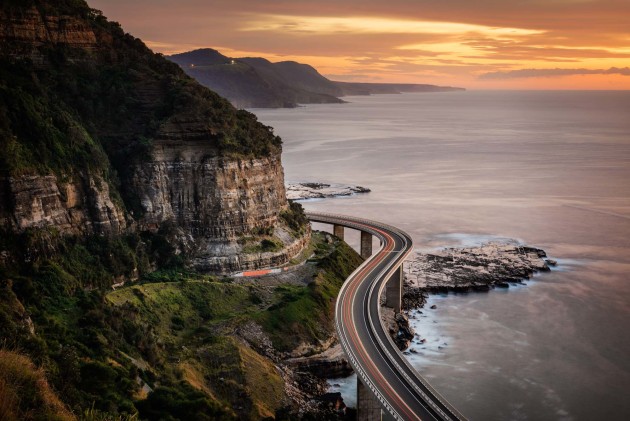
“One of the biggest complaints about mirrorless cameras is that their battery life is no good. The reality is that these cameras are really small and so you just can’t fit a big battery in,” he says. “I looked into it and basically Sony only have poor performing batteries because they are small batteries. They only weigh about 45 grams. And then because there are more electronic components - primarily the EVF - that drains the battery pretty quick.”
But like many pros and cons that span the DSLR/mirrorless divide, there’s another side to that coin: “A great aspect about the Sony cameras is that you can charge the battery from inside the camera,” continues Tscharke. “So if you are doing a time-lapse, you can just plug an external power source in and power the camera for a day or two days.”
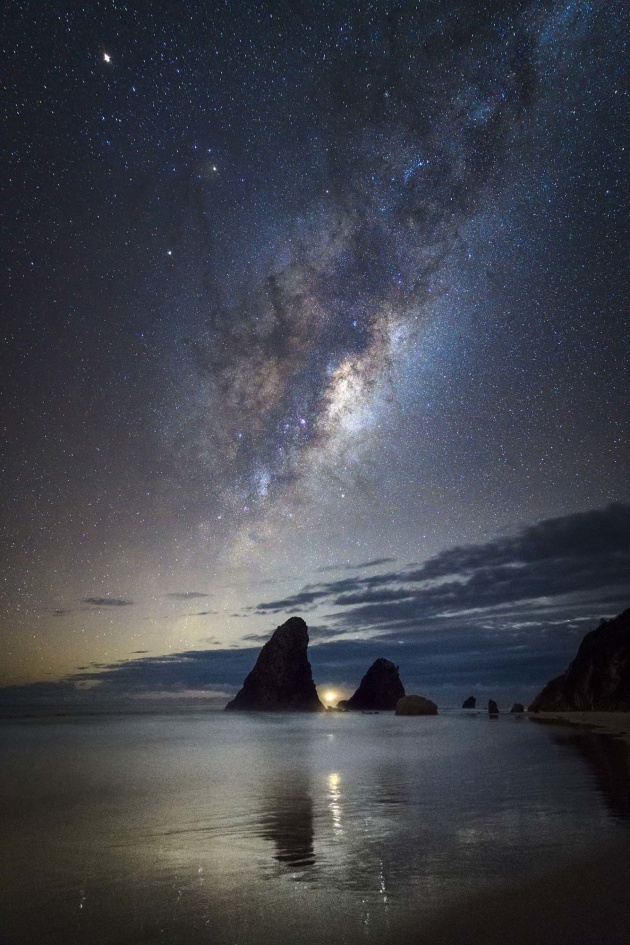
After spending a considerable amount of time crossing the country on assignment, Tscharke’s A series cameras have probably seen more of the Australian wild than most Sydney-siders have. And if there’s one thing that Australian photographers deal with plenty of in the outdoors, it’s harsh light. Enter the EVF.
“Being able to review the image through the EVF is really handy in bright light - it’s like having a live loupe,” says Tscharke. “And having the HID (Heads Up Display) when looking through the viewfinder is also great. I use zebras a lot so I can be aware of potential blowouts before I even take the shot.”
Sporting Goods
With several mirrorless models on the market now offering the ability to switch between an EVF and OVF, features like zebras and HID information on top of the strong points of a traditional OVF make these cameras particularly versatile. New Zealand-based action sports photographer Stefan Haworth agrees. “I use sun flare in my images quite a lot, and the EVF helps me see exactly what I'm getting,” he says. “On a DSLR the only way to do this would be live view which is slow and the sun flare could increase or get more distracting if it’s over the subject.”

Haworth’s work, which blends sports and lifestyle imagery covering those adrenalin fueled yet aesthetic activities which seem so at home in NZ (mountain-biking, surfing and snowboarding) makes full use of a quiver of Sony mirrorless bodies. Most recently, he packed his A7 and RX1 on a trip to Tonga and only weeks before was on the mountain steppes of Mongolia where he was riding horses and taming eagles.
As Haworth says, he puts his Sonys through their paces on a regular basis. “I'm pretty rough with my gear, always being on the move and living out of a backpack. Shooting f8 and upwards starts to show a little sensor dust,” he says.
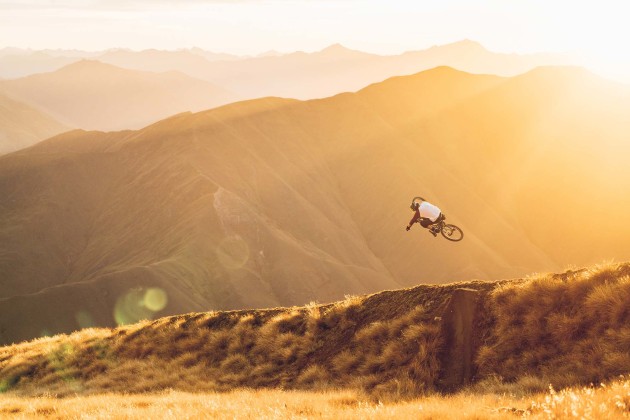
Even though he might not necessarily fit the profile of your typical sports shooter, Haworth’s criteria for selecting a camera very much reflects the demand for those looking to turn to the benefits that mirrorless offers but might not be able to find the durability or processing power that Canon and Nikon DSLRs offer to sports aficionados.
But Haworth says that the Sony A9 may well be the answer to that. Sports shooters have a different style of shooting; it's not the megapixels they need but speed, and buffers and focusing are their main concentration,” he says.
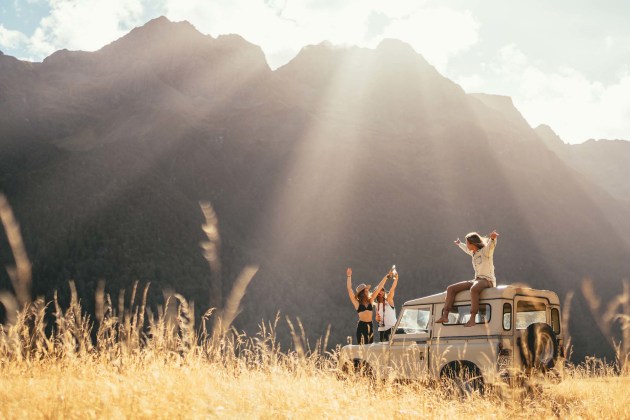
“The only thing left would be the lenses; a big one for sports shooters is having a big range. The only lens length missing now is the fisheye and long primes,” he says. “Once those are out, more photographers may be open to changing.”
Camera Wars
But despite these latest innovations, we have still neglected one of both Sony and Fuji’s strongest points: professional video. Modern photographers, especially in the fields of journalism and advertising, are increasingly expected to produce motion as well as stills. And with large sensors that are pumping out 4K or UHD video at 30 and 60 fps, cameras like the Sony A7 and the Panasonic Lumix GH5 are capable of filling this role.
American producer and cinematographer Gavin Garrison knows this all too well, as for the last five years he has worked on unscripted television, web and broadcast commercials, with his most notable title to date being the producer role for the Animal Planet TV series Whale Wars.
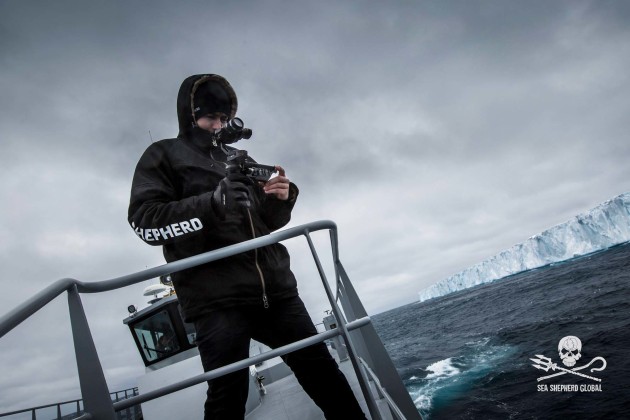
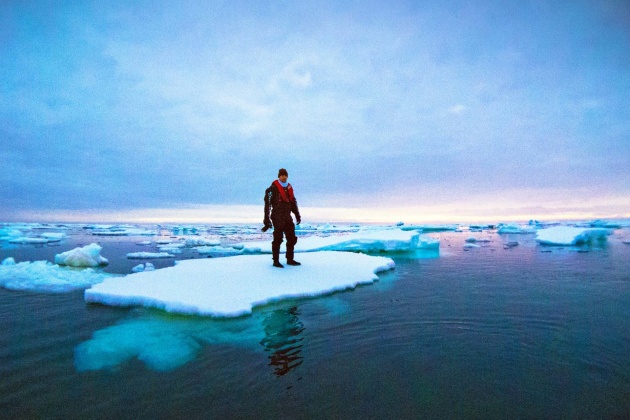
For most of his work, Garrison relies on cameras like a RED Epic, a Panasonic DVX-200 or Sony FS7 and supplements these with mirrorless cameras in situations where space is a limiting factor or low-light shooting is likely. “Cameras like the A7 win out over Sony's FS series and Canon's C series for me in ergonomics and build complexity. When shooting run-and-gun, cameras like the GH5 and A7S pack smaller and deploy much quicker,” he says.
What’s to Come
From four photographers across four different genres, it seems exciting times are ahead for the world of mirrorless photography.
While some obvious improvements to ergonomics, battery life and durability are necessary to help these cameras compete with the ruggedness of DSLRs, maybe that isn’t the point. While sports and wildlife photographers may never be able to cope without extra weather-sealing and brutish weight, surely there’s a spectrum of photographers whose criteria for a camera body is simply the best quality possible, in the smallest build possible. And we are already getting close to that.
As Gavin Garrison ponders: “Who knows what the future will hold - 360-capable light field cameras that weigh nothing, shoot 8K and can see in the dark?”
Only time will tell. But one thing seems certain: mirrorless is definitely here to stay. ❂


